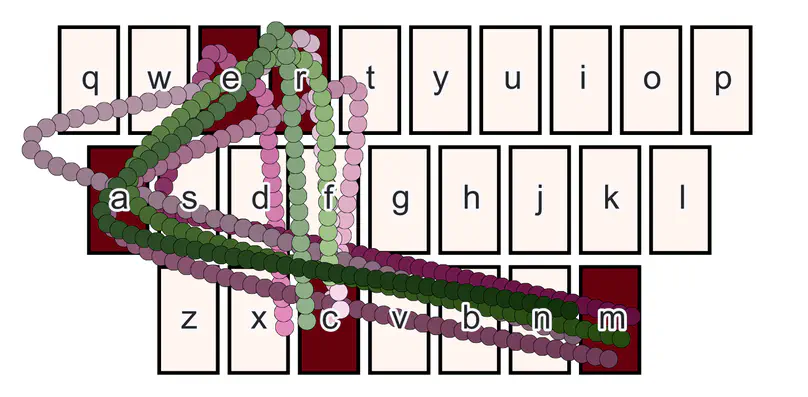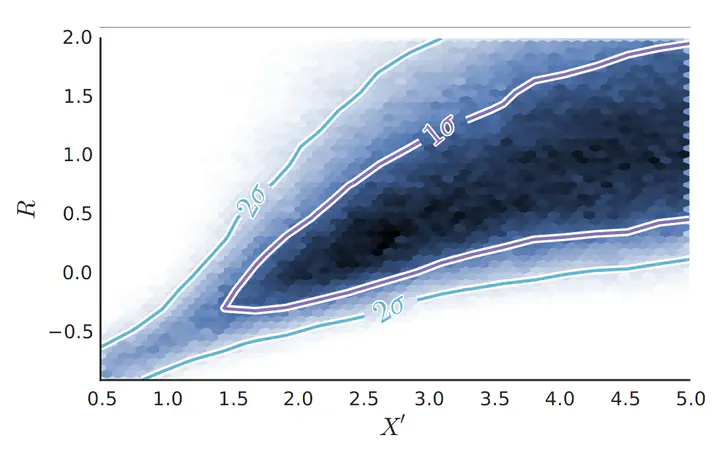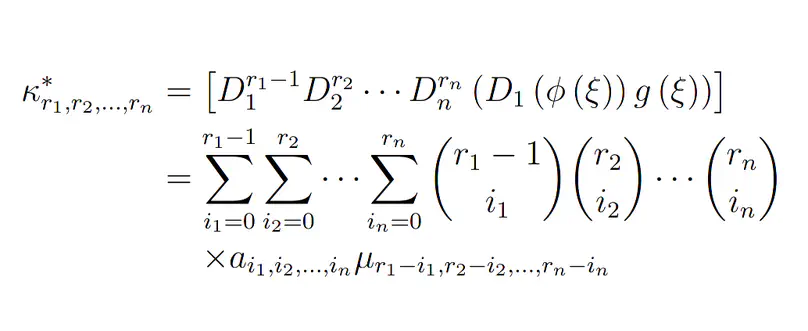Biography
I’m a full stack software engineer with a strong background in statistics and data science. My background was originally in nuclear physics where I wrote high performance C++ code to analyze petabytes of data and helped expand the infrastructure necessary for such analyses. After leaving academia, I founded Intoli where I’ve had the opportunity to build a variety of web services in-house as well as to work with dozens of other companies through contracting and consulting arrangements. I currently work at TenantBase where I lead our data science efforts and do full stack web development.
- Web Development
- Machine Learning
- Human-Computer Interfaces
-
PhD in High Energy Nuclear Physics, 2014
University of California, Davis
-
MS in High Energy Nuclear Physics, 2010
University of California, Davis
-
BA in Physics, 2008
Bard College
Skills
Experience
Recent Posts
Featured Publications

Gesture typing is a method of text entry that is ergonomically well-suited to the form factor of touchscreen devices and allows for much faster input than tapping each letter individually. The QWERTY keyboard was, however, not designed with gesture input in mind and its particular layout results in a high frequency of gesture recognition errors. In this paper, we describe a new approach to quantifying the frequency of gesture input recognition errors through the use of modeling and simulating realistically imperfect user input. We introduce new methodologies for modeling randomized gesture inputs, efficiently reconstructing words from gestures on arbitrary keyboard layouts, and using these in conjunction with a frequency weighted lexicon to perform Monte Carlo evaluations of keyboard error rates or any other arbitrary metric. An open source framework, Dodona, is also provided that allows for these techniques to be easily employed and customized in the evaluation of a wide spectrum of possible keyboards and input methods. Finally, we perform an optimization procedure over permutations of the QWERTY keyboard to demonstrate the effectiveness of this approach and describe ways that future analyses can build upon these results.

The equation of state of QCD matter for temperatures near and above the quark-hadron transition (∼165 MeV) is inferred within a Bayesian framework through the comparison of data from the Relativistic Heavy Ion Collider and from the Large Hadron Collider to theoretical models. State-of-the-art statistical techniques are applied to simultaneously analyze multiple classes of observables while varying 14 independent model parameters. The resulting posterior distribution over possible equations of state is consistent with results from lattice gauge theory.

The cumulants of thermal variables are of general interest in physics due to their extensivity and their correspondence with susceptibilities. They become especially significant near critical points of phase transitions where they diverge along with the correlation length. Cumulant measurements have been used extensively within the field of heavy-ion physics, principally as tools in the search for a hypothetical QCD critical point along the transition between hadronic matter and QGP. The volume of individual heavy-ion collisions can be only partially constrained and, as a result, cumulant measurements are significantly biased by the limited volume resolution. We propose a class of moments called strongly intensive cumulants which can be accurately measured in the presence of unconstrained volume fluctuations. Additionally, they share the same direct relationship with susceptibilities as cumulants in many cases.